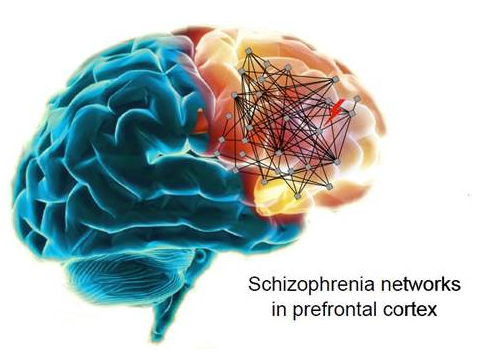
What is Schizophrenia?
Schizophrenia is a chronic mental disorder that affects the way a person thinks, feels, and acts. A person with schizophrenia perceives reality abnormally. The symptoms of the disorder–delusions, hallucinations, reduced speaking, and movement disorders–can form anytime between the ages of 16 and 30.
How does media portray Schizophrenia?
The media has used schizophrenia to create multiple movies in various aspects of the mental disorder. This has influenced the public to grasp various stereotypes from these movies that may differ from case to case.
Mr. Brooks (2007), presents a very violent character. Many people perceive individuals with the disorder to be very violent and unpredictable. One of the most common symptoms shown in movies of people with schizophrenia is the characteristic of violence. This violence, however, is not common in all schizophrenia individuals.
In Spider (2002), shows an individual who experiences a traumatic event and eventually leads to a diagnoses of schizophrenia. A traumatic experience is not a direct reason for someone to develop schizophrenia but can increase the risk for mental disorders.
A Beautiful Mind (2001), portrays a person with schizophrenia depicted as a genius. The ability for this character to learn is seen as easy. The learning ability ranges from case to case in schizophrenic individuals.
The Snake Pit (1948), portrays individuals as high risk that they must be placed into a mental institution. Not all schizophrenic individuals need to be placed into a mental institution and are not ‘crazy.’ Many individuals have the ability to function in society and do not become severe enough to be placed in a mental institution.
These movies show symptoms that many schizophrenia patients may experience but also exaggerate them as well. This exaggeration can cause fear of the unknown truth about schizophrenia.

Science behind Schizophrenia:
Where do all these portrayals come from?
- Violence in a schizophrenic patient is seen in movies. A very part of the brain, prefrontal cortex is linked to aggression and violence. Research has shown a severe decrease in gray matter. Gray matter is very important because it contains the brain’s neuronal cell bodies. Decreased glutamate levels in the prefrontal cortex are linked to inability to unlearn maladaptive behaviors as well as an increase in impulsivity.
- A traumatic event has been linked to an increase risk for multiple disorders. Dopamine levels are altered during a traumatic event that are important for interpretation of stimuli.
- *Dopamine blockers help treat schizophrenia.
- Not all schizophrenic patients will be a genius. The medial temporal cortex has been seen to have decreased levels of glutamate that are linked to learning impairment. Unfortunately, the severity of learning ranges from individual to individual and there is no way to predict the level of severity.
Dopamine and Glutamate Linkage


References:
https://www.ncbi.nlm.nih.gov/pmc/articles/PMC2647567/
https://www.nimh.nih.gov/health/topics/schizophrenia/index.shtml#part_145426
https://www.bizjournals.com/seattle/blog/health-care-inc/2013/08/uw-scientists-make-breakthrough-in.html
Wiki-pictures